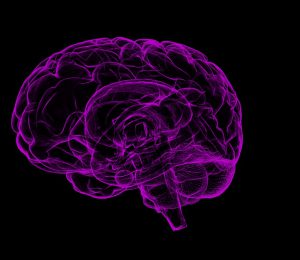New Delhi: An international team of scientists from Finland, Canada, the US, and New Zealand has discovered a specific brain network hub that plays a key role in stuttering, an advance that can lead to new treatment options.
The research, published in the Brain journal, examines two different types of stuttering — developmental and acquired.
While both types are traditionally known to be separate, the study showed that besides “similarities at the behavioural level, there are also similarities at the neural level”.
“Stuttering affects approximately 1 per cent of adults and can result in significant communication problems and social anxiety, yet the cause of stuttering is still unknown,” said lead author Catherine Theys, Associate Professor t the University of Canterbury, New Zealand.
The professor said that while stuttering is a developmental disorder, it can also be caused by focal brain damage after a stroke or other neurological conditions.
For the study, the team used two datasets and lesion network mapping to test whether lesions causing acquired stuttering map to a common brain network. They also used a third dataset to test whether this lesion-based network was relevant to developmental stuttering.
Analysing each dataset, the team located a common stuttering network — a specific part of the left putamen, which is responsible for lip and face movements and timing and sequencing of speech.
They also identified two additional areas of interest for speech imaging and stuttering research — the claustrum and amygdalostriatal transition area.
“These are tiny areas of the brain — only a few mm wide — which is why they may typically not have been identified in previous studies. This shows a plausible network for stuttering,” they said, adding that the findings have relevance for treatment.
IANS

